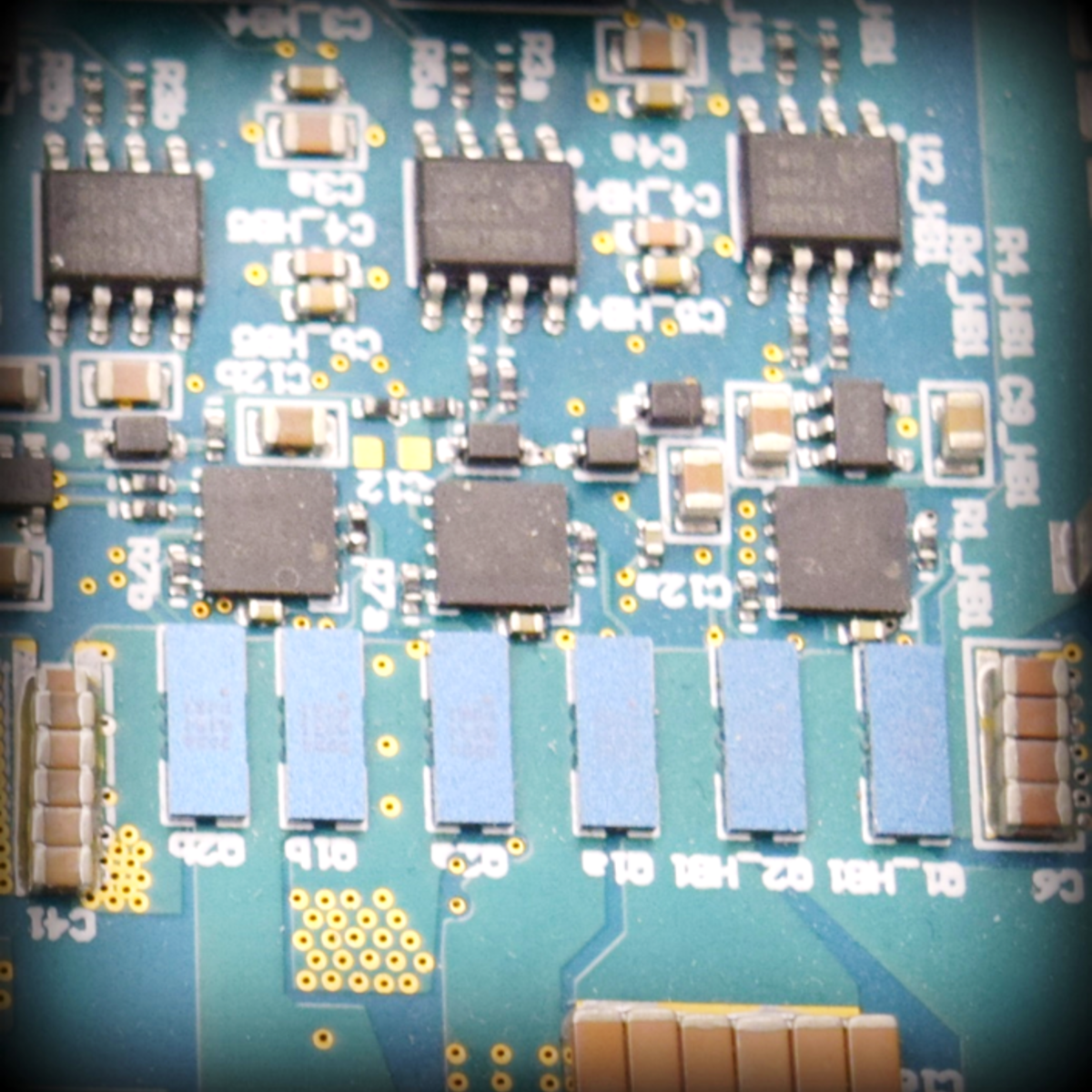Input Filter Design
Overview
This course can also be taken for academic credit as ECEA 5707, part of CU Boulder’s Master of Science in Electrical Engineering degree. This is Course #3 in the Modeling and Control of Power Electronics course sequence. After completion of this course, you will gain an understanding of issues related to electromagnetic interference (EMI) and electromagnetic compatibility (EMC), the need for input filters and the effects input filters may have on converter responses. You will be able to design properly damped single and multi-section filters to meet the conducted EMI attenuation requirements without compromising frequency responses or stability of closed-loop controlled power converters. We strongly recommend students complete the CU Boulder Power Electronics specialization as well as Courses #1 (Averaged-Switch Modeling and Simulation) and #2 (Techniques of Design-Oriented Analysis) before enrolling in this course (the course numbers provided below are for students in the CU Boulder's MS-EE program): ● Introduction to Power Electronics (ECEA 5700) ● Converter Circuits (ECEA 5701) ● Converter Control (ECEA 5702) ● Averaged-Switch Modeling and Simulation (ECEA 5705) ● Techniques of Design-Oriented Analysis (ECEA 5706) After completing this course, you will be able to: ● Understand conducted electromagnetic interference (EMI) and the need for input filter ● Understand input filter design principles based on attenuation requirements and impedance interactions. ● Design properly damped single-stage input filters. ● Design properly damped multi-stage input filters. ● Use computer-aided tools and simulations to verify input filter design

